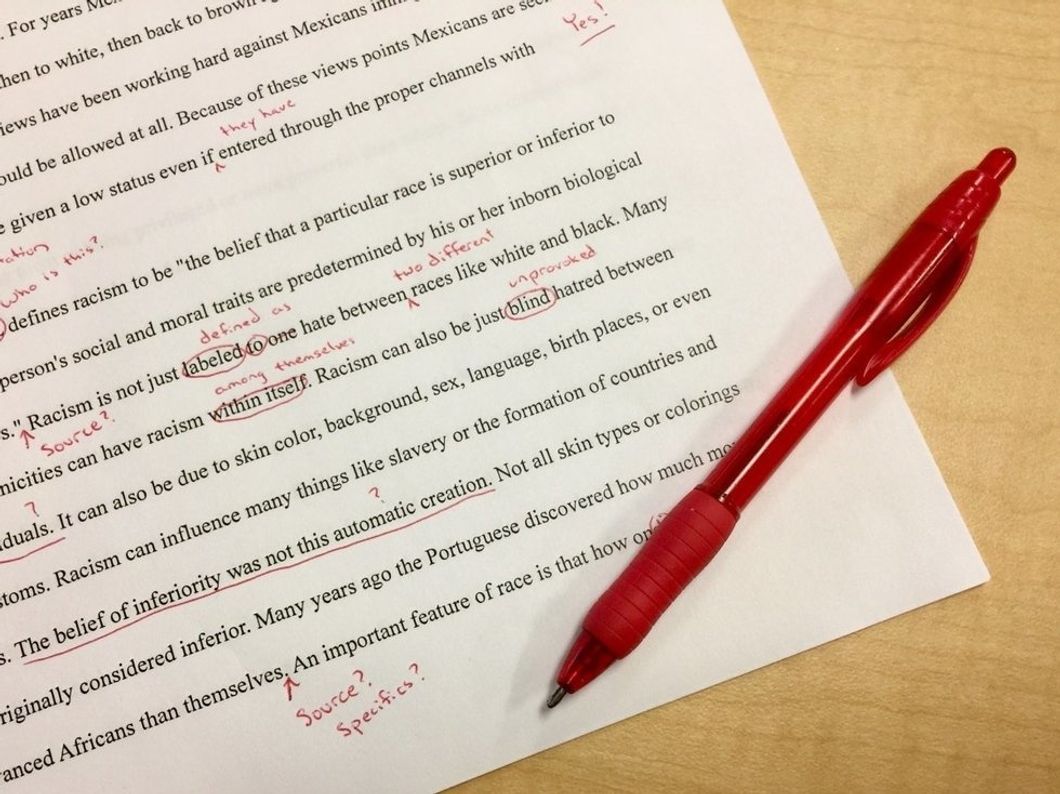The more I use social media, the more repulsed I become by the way people choose to display themselves on the internet. It hurts me when I am scrolling through my feed and see an error in someone's caption. Or worse, when there is an error in a meme or infographic that has gone viral on Facebook. How has someone not edited that? Do celebrities even think to hire people to proofread their captions before they post things to their millions of followers? All important questions, but I will unfortunately not be answering them in this article.
I am a frequent user of "y'all" and have my grammar slip-ups like any other person, but it has come to my attention that many people cannot even follow simple grammar rules while in public or professional settings. If this applies to you, feel free to read on. If your mistakes are a bit more select, refer to these rules when writing your next lovely thesis and paper.
Most of these repetitive grammar errors are errors that should have been obsolete before someone even entered high school. Then they should have been continually reinforced throughout high school. But apparently, that is not the case.
1. The difference between their, they're and there
Their: possessive, shows ownership
There: typically locational, refers to a place, opposite of "here"
They're: contraction, "they are"
This is THEIR house. THEY bought it four months ago. The pool used to be over THERE by the edge of the patio, but they filled it in because they did not want a pool. THEY'RE (THEY ARE) going to plant a garden where the pool was.
2. The difference between are and our
Are: verb, present tense of "be"
Our: adjective, belonging to us
This is OUR house. We ARE planting a garden where the pool was.
3. The difference between then and than
Then: an adverb that indicates time or sequence
Than: used to make a comparison
They filled the pool in because they would rather have a garden THAN a pool.
After the pool is filled in, THEN they can begin planting a garden.
4. The difference between to and too
To: preposition, shows direction
Too: adverb, "also," "as well"
They are moving the plants from the side of the house TO the filled in pool area.
I suggested they should buy some short flowers to plant, TOO.
5. The difference between its and it’s
Its: shows possession
It's: contraction, "it is"
They did a wonderful job of filling in the pool; IT'S like there was never even a pool there!
They used a new construction company to fill the pool in, I don't know ITS name though.
I hope you can take these five grammar lessons to heart and practice them throughout daily life. Maybe even @ your fav celebrity with this article and advertise yourself and your newly found grammar skills so you can become part of their team one day. The possibilities are truly endless when you have a fully renovated grammar belt around your waist.



















